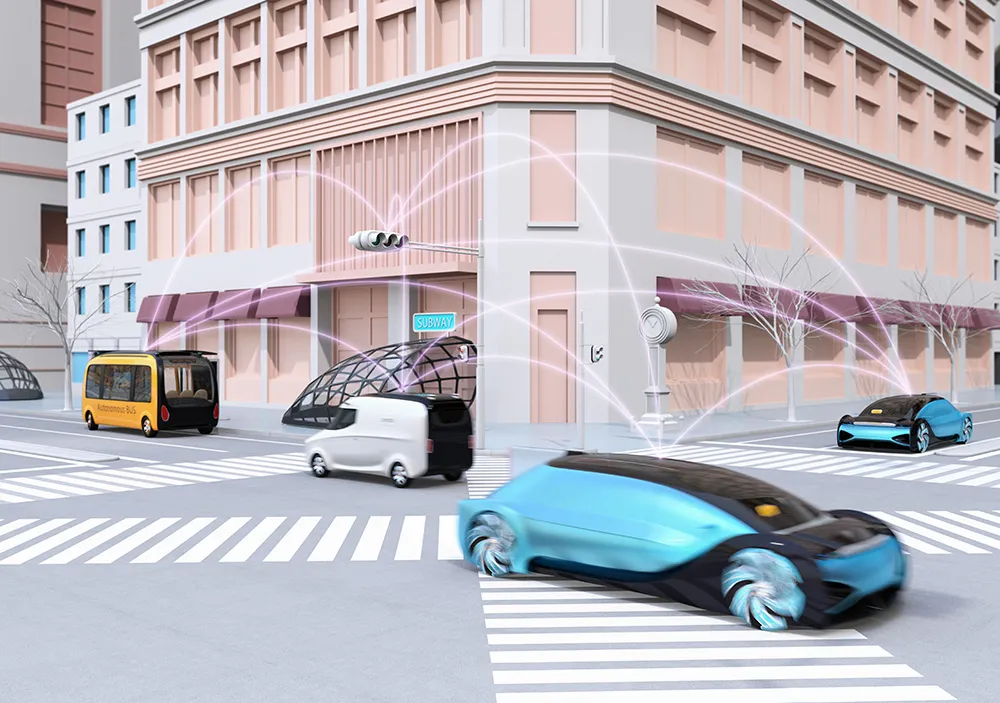The
DHS S&T will work with the city and the Open Geospatial Consortium to design and test smart city interoperability reference architecture (SCIRA) as a framework that integrates Internet of Things sensors for public safety applications.
Lyda Krewson, mayor of St. Louis, says: “Community level application of existing technologies is essential for a 21st century city to adequately deliver services to its residents and provide for their public safety, as well as enhance the efficiency and effectiveness of all city services.”
The SCIRA pilot will test the ability of technology to improve public safety in a range of major flooding and building fire scenarios. Findings could provide cities with interoperable methods for incorporating smart city technologies across services using shared technology standards.









